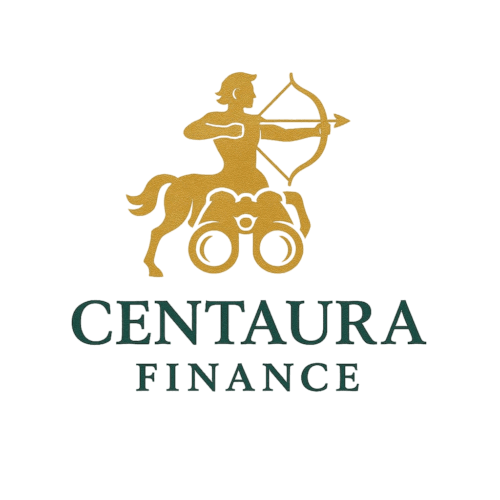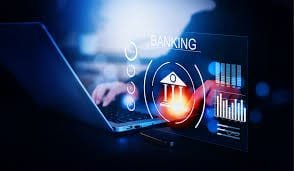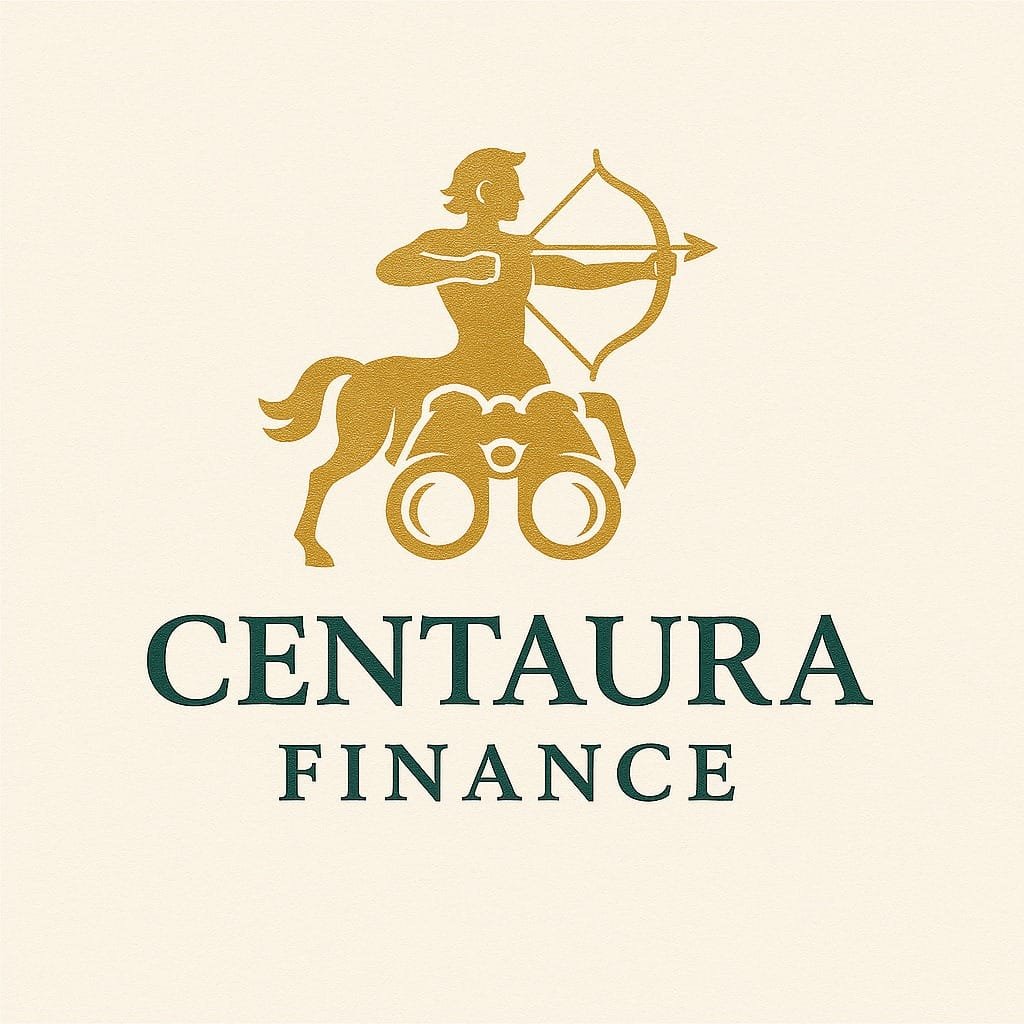A quiet revolution is taking place every time you open your bank app, send money through Zelle, or track your spending with a third-party finance app. That revolution is driven by open banking in digital banking, a modern movement that’s transforming how consumers manage their money, interact with banks, and even build wealth.
If you’ve ever wondered how your budgeting app connects to your bank account so effortlessly or why more banks are offering real-time insights, the answer lies in open banking in digital banking ecosystems. This seamless data sharing is changing the core of digital banking operations, not just for tech-savvy millennials, but for every American with a smartphone and a bank account.
In this blog, we’ll explore the growing role of open banking in the U.S., the regulatory frameworks that make it possible, and how it’s influencing everything from financial inclusion to your everyday transactions.
What Is Open Banking?
To understand how open banking fits into digital banking, we need to start with the basics.
Open banking is the practice of allowing banks to securely share customer data with third-party providers (like budgeting apps or loan platforms) via Application Programming Interfaces (APIs). These APIs allow systems to communicate in real time safely, with user consent, and without needing to hand over login details.
In practice, it means:
You can view multiple bank accounts in one app
You can get loan approvals based on your spending habits rather than just your credit scores
You can transfer funds between institutions instantly without hopping from app to app
Open Banking in Digital Banking: What It Means
Now, let’s get to the heart of it. Open banking in digital banking is the mechanism that empowers all your favorite banking features today.
From mobile wallets to AI-driven savings tools, digital banking is no longer just about moving money. It’s about giving consumers more control, personalization, and access than ever before. And that’s only possible through open banking systems.
This isn’t just a backend upgrade. It’s a mindset shift. Banks are no longer gatekeepers of data; they’re collaborators in your financial journey.
Open Banking in the USA: Where Do We Stand?
You might wonder how far the U.S. has come with this shift. While countries like the UK and EU have established strict open banking laws, open banking in the USA is more market-led than government-mandated.
There’s no single open banking regulation in the U.S. yet, but that hasn’t stopped fintech companies and major banks from moving forward.
Key Open Banking Frameworks in the USA Include:
OAuth2-based authentication for secure logins
Partnerships between banks and aggregators like Plaid, MX, and Finicity
Industry-led standards such as the Financial Data Exchange (FDX)
While the open banking framework in the USA is still evolving, it’s rooted in one core principle: consumer data belongs to the consumer, and they should control how it’s used.
Open Banking System in the USA vs. Global Peers
Compared to the open banking system in the USA, other regions have taken more centralized approaches.
The UK’s Open Banking Regulation (launched in 2018) requires major banks to share customer data with authorized apps
The EU’s PSD2 Directive standardizes how data is shared and used
In Nigeria, the open banking by CBN (Central Bank of Nigeria) includes a clear regulatory framework that mandates customer data portability and promotes financial innovation
While the U.S. doesn’t have the same legal mandates, consumer demand and fintech innovation are pushing the country toward widespread adoption, often faster than regulators can keep up.
How Open Banking Is Changing Digital Banking Operations
Let’s talk operations. Traditional digital banking systems were designed to serve static needs: view your balance, pay bills, transfer funds. But that’s no longer enough.
Here’s how open banking is transforming digital banking operations behind the scenes:
Unified Account Views
Open banking allows digital banks to aggregate data from multiple sources, giving you a 360-degree view of your finances in one place.Faster Onboarding
APIs enable instant verification, account linking, and digital KYC checks, reducing friction in signing up or switching banks.Smarter Financial Products
With permissioned access to your financial data, banks can offer:
Customized credit lines
AI-driven investment plans
Automated savings tools based on real spending behavior
Lower Costs, Higher Speed
By automating processes that used to take days, open banking reduces manual overhead and makes digital banking more scalable.
Real-Life Examples of Open Banking in Action
Let’s break the tech down with some familiar use cases that show open banking in digital banking in the real world:
1. Connecting Your Bank to Venmo or Cash App
When you link your account, an open banking API securely transfers the data. No login credentials shared. It verifies who you are, how much you have, and whether the transaction can proceed.
2. Applying for a Loan with SoFi or Chime
Instead of pulling a dated credit score, these fintechs can analyze your actual income and spending data through open banking access to give a personalized offer.
3. Budgeting with Monarch or Mint
These platforms consolidate accounts, categorize expenses, and create budgeting plans, all using live data pulled via APIs.
These experiences feel normal to users, but behind the curtain, it’s open banking doing the heavy lifting.
Is Open Banking Safe?
Security is understandably a major concern. So, how safe is open banking?
Key Security Measures:
Encryption: All data is encrypted in transit and at rest
Tokenization: Apps don’t store your banking credentials. They use secure tokens instead
OAuth2 Protocols: You grant limited, revocable permissions without giving away your password
Consent Logs: You can always see what apps have access and revoke them anytime
So yes, when done through certified providers, open banking in the USA is secure and arguably safer than traditional methods like screen scraping or password sharing.
What’s Next: A Glimpse into the Future
As open banking continues to mature in the U.S., here’s what we can expect:
Stronger U.S. Regulation
Expect the government to catch up with the market. A national open banking law, like the CFPB’s Section 1033 rule, is likely shortly.More Personalized Finance
With AI and machine learning, open banking will help deliver hyper-personalized experiences, from investment suggestions to risk assessments.Deeper Financial Inclusion
Fintechs are using open banking to design services for people overlooked by traditional banks, such as gig workers, immigrants, and freelancers.Embedded Finance
Apps like Uber, Shopify, and DoorDash will continue embedding financial services directly into their platforms, bypassing the need for standalone bank apps altogether.
Final Thoughts
You might not think about APIs or data frameworks when you pay for lunch with Apple Pay or check your bank balance, but you should.
Open banking in digital banking is not just reshaping technology. It’s reshaping trust, accessibility, and empowerment. It’s about giving you more say in how your financial life works. More options. More clarity. Less friction.
In the past, banks told you what was possible. Now, you get to choose who to trust, what to use, and how to build your financial future on your terms.
And that’s a game-changer.


